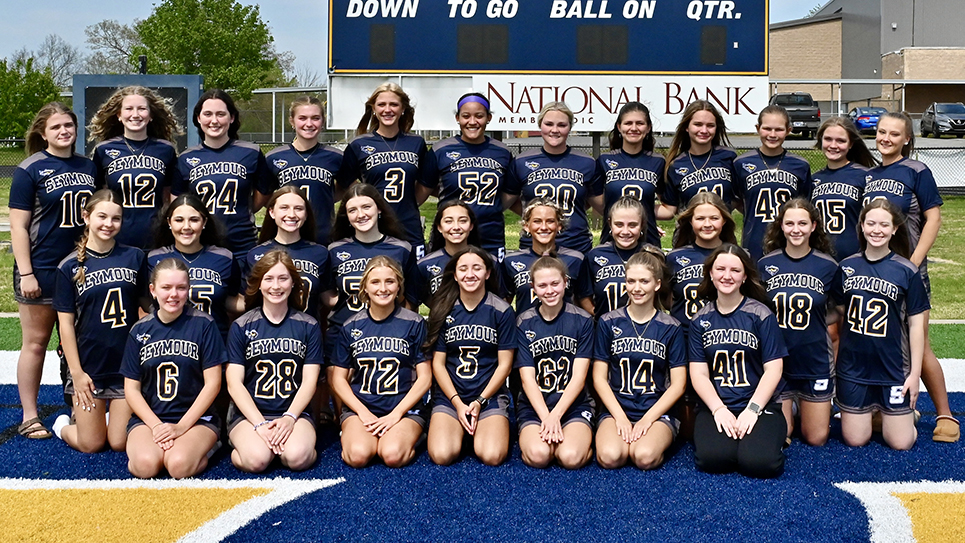‘After an extensive nationwide search…’
By Tom Mattingly
Sometimes, the best coaching search is no search.
Case in point. Go back to Dec. 3, 1976, a day Big Orange Country had anxiously awaited. A Tennessee legend was coming home as head football coach, 20 years and two days after he had played his last regular season game in an orange and white uniform.
Chancellor Dr. Jack Reese provided a classic introduction.
“After an extensive nationwide search, I am pleased to welcome Coach Majors here.” Those 13 words provided perspective for the day’s events.
“Coach Majors” was John Terrill Majors, a Vol legend and 1956 All-American. He was also the 1956 Heisman Trophy runner-up, two-time SEC “Player of the Year,” and the first of three Majors brothers to play at Tennessee.
This “coaching search” really wasn’t one, but for Vol fans, it didn’t matter. Majors was overwhelmingly the “people’s choice.”
Majors had actually lived through this drill before. In 1954, Gen. Bob Neyland had dismissed his successor, Harvey Robinson, calling it the “hardest thing I’ve ever had to do.”
Majors was an upcoming junior at Tennessee, when another Vol legend came home to jubilant fans and the thought Tennessee was “back” among the elite of college football. There was no one else Vol fans wanted at that time, either.
Bowden Wyatt was the “people’s choice” of that era. He was captain of the 11-0 1938 team and one of the most popular players ever. He came on board Jan. 8, 1955, saying, “I’m going back to the job I’ve always wanted.”
Wyatt had won titles in the Big Sky conference at Wyoming and the Southwest Conference at Arkansas. Coming to Knoxville was the culmination, most folks thought, of a coaching career that had begun at Mississippi State in 1939. During his tenure at Wyoming, Vanderbilt and Duke had tried to entice Wyatt to their campus, but to no avail.
After leaving Tennessee in 1963, Wyatt was an assistant for a couple of years at Oklahoma State, a move facilitated by Bear Bryant.
In 1925, head coach M. B. Banks left to go to Knoxville’s Central High School. University historians James Riley Montgomery, Stanley John Folmsbee, and Lee Seifert Greene reported that the Athletic Council sought to find the “best coach in the country.” Dean Nathan Washington Dougherty had a unique search process. He wanted West Point grad Robert R, Neyland and employed a little subterfuge to make that happen. Here’s what the three historians wrote.
“Dougherty, years later, smilingly noted that the newspapers helped immensely by recommending a dozen candidates. That was fine with Dougherty, for while he had a single candidate in mind, the papers made it appear there were several…. Neyland got the job, with results significant for the university.”
The coaching search in 1963, after Jim McDonald was let go, was intriguing. Numerous names were mentioned, notably Murray Warmath (Minnesota), Paul Davis (Mississippi State), Jim Owens (Washington), and Clay Stapleton (Iowa State). Warmath and Stapleton were former Vols, Davis was from Knoxville, and Owens had no known Tennessee connections. Davis had also led his 1963 Mississippi State team to a 7-0 victory over Tennessee in early October on Shields-Watkins Field.
In a tense and tiring Saturday night meeting after the season finale with Vanderbilt, Bob Woodruff was given permanent status as athletic director. He wanted Arkansas assistant Doug Dickey, but McDonald’s future was uncertain. A compromise ensued, allowing Woodruff to hire Dickey, with McDonald being named an assistant athletic director.
In late 1969 and early 1970, there was another “search” after Dickey took the Florida job.
Woodruff let it be known that assistants Doug Knotts, Jimmy Dunn, and Bill Battle were in the running, with Battle considered by many observers as the “sleeper.”
Trustee Col. Tom Elam and president Dr. Andy Holt each wanted Majors, then in his second year at Iowa State. “Your vote is my vote,” Holt told Elam. Elam was, however, a firm believer in the chain of command. He swallowed hard and reluctantly convinced Holt of the organizational pitfalls of overriding his athletic director’s decision on such an important issue.
Thus, Battle got the job.
As Battle’s star faded in the mid-1970s, public outcry was for Majors, who had the Pittsburgh program in full gear.
When his alma mater beckoned, Majors accepted, but not without significant thought.
“It was the most difficult decision I’ve had to make in my life,” said Majors. “I agonized over it. I had been away from Tennessee 17 years.” Once in place, he rebuilt the program from the ground up, leading Tennessee to three SEC titles and 12 bowl appearances in his tenure from 1977 to 1992.
Here’s the bottom line. Sometimes, these “searches” are what they are advertised to be, sometimes not. Jack Reese, an able and affable administrator, defined the moment and set a memorable standard for all who would follow. Good thing, too. The peasants would have literally stormed the castle had any name other than John Majors been considered and uttered that early December day in 1976.






